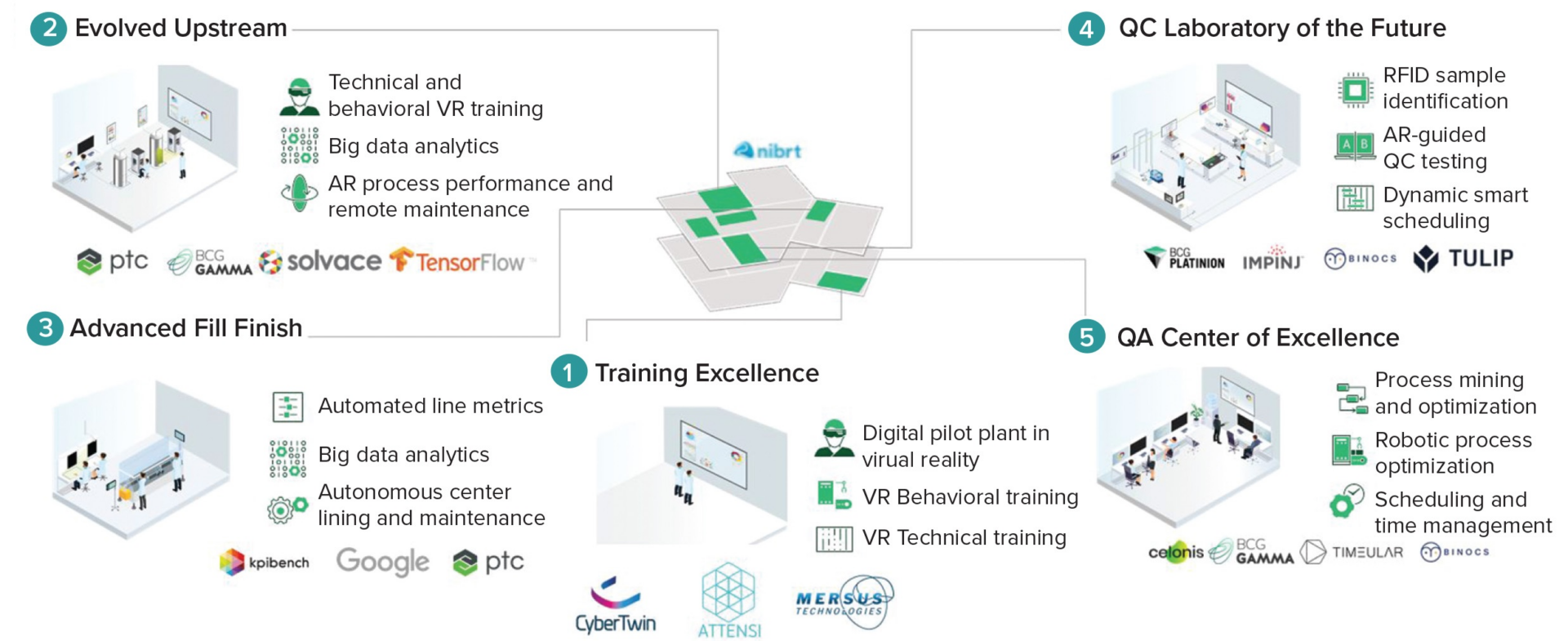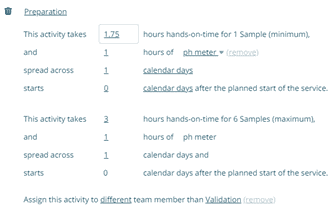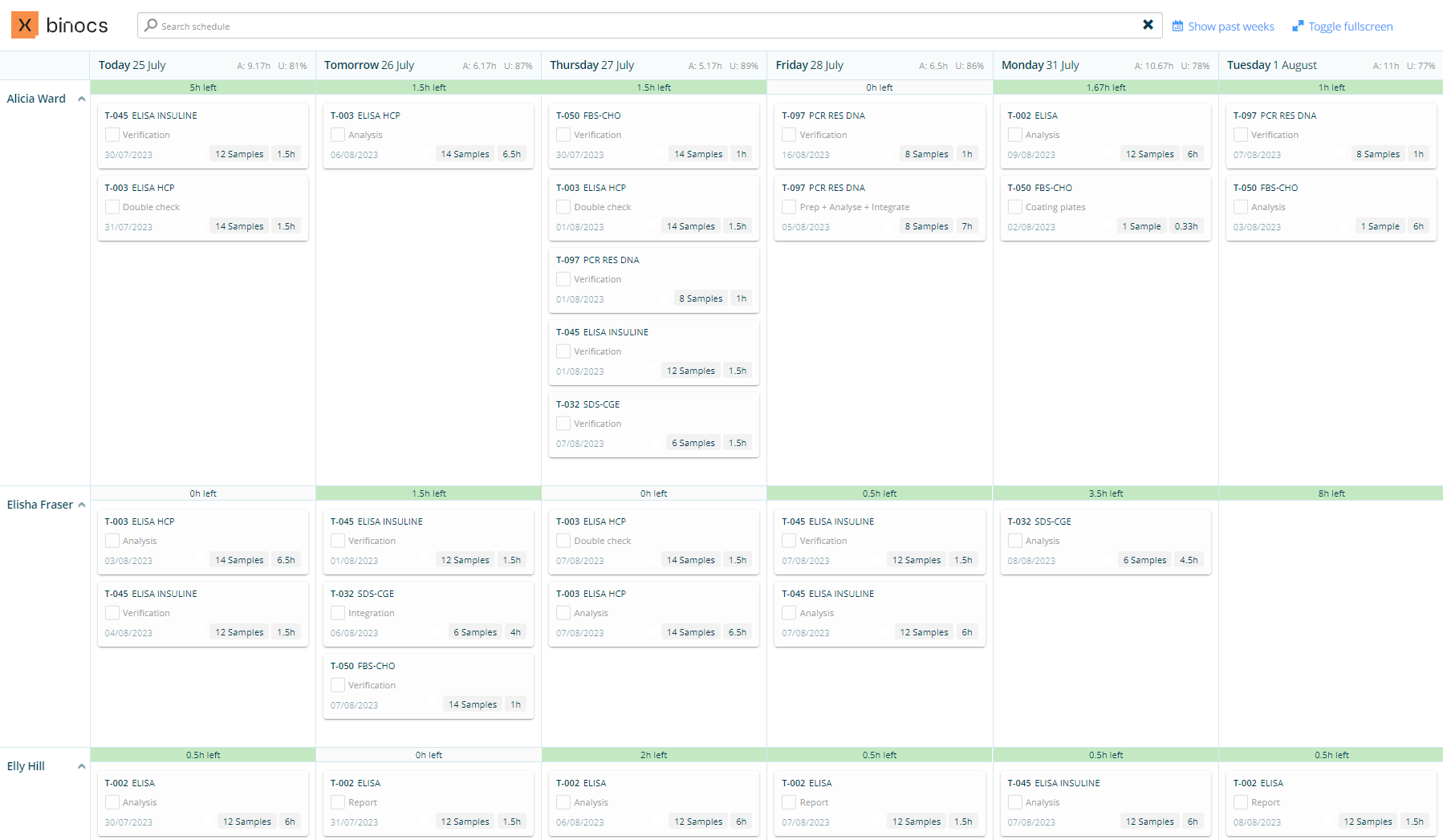
Lab Automation: how to make your business case?
In 2008, a survey on laboratory automation concluded that most lab workers (88%) believed they would rely on laboratory automation in the future. Yet it’s 2021, and 72% of scientists now say their sector is lagging behind. The lab of the future seems to have been put on hold. Society’s fascination with automation focuses on “flashier” projects instead. Meanwhile, highly trained scientists (often working on life-saving projects) are wasting hours conducting manual tasks like pipetting and cell cultures. Nevertheless, digitalization and automation of the lab are once again hotly debated topics. Why should we be excited? And what ROI can you expect from lab automation? Mathias Lasoen discusses.
Why get excited about laboratory automation?
Using automated systems in the lab can save researchers from performing time-consuming and repetitive tasks. This frees them up to carry out more specialized processes. Check out this excellent video from Automata, where you can see how laboratory arms automate sample preparation.
Also, automating laboratory tasks improves the efficiency of experimental processes by speeding up tasks, using lower quantities of reagents, cutting waste and allowing for higher throughput of experiments. This higher efficiency leads to lower running costs of the laboratory.
Sounds great! But before getting ahead of yourself, there are two critical questions to ask yourself before implementing:
- What exactly are we going to automate?
- Can we justify the investment (ROI)?
Question 1: Which lab activities should we automate?
Automated labs use robots or more specific advanced automation technologies to perform all kinds of repeatable tasks like sample delivery and preparation – for a multitude of test methods.
In an ideal world, lab automation vendors can start from a detailed workflow analysis or dashboard. They want to clearly identify which test methods are being executed in the lab, and which ones eat up most of your lab analysts’ time. After all, in pursuit of maximizing your ROI, you don’t want to automate a test that you do once every month; you’re looking to focus on automating high-volume testing. Just like with anything else in life, lab work is subject to Pareto’s principle. Your lab analysts spend the majority of their time on only a relatively small number of test methods. The ideal starting point to identify which lab work you want to automate is therefore two-folded:
- Do a Pareto analysis. Accurately rank all of your test methods based on how much hours analysts are crunching to execute them.
- Analyze your role-cards / standard work workflow and determine which specific activities within that workflow are ideal candidates to automate.
Using Pareto analysis in Binocs
Although it sounds simple, it’s definitely not. Accurately determining how much time is spent on each test method and identifying ideal candidates for automation requires accurate and accessible data. This data should measure actual time spent taking into account failures, re-tests, … measured not only for the test method as a whole but also for each activity within that workflow.
Binocs can definitely help here. It captures the time spent and makes it accessible in reports so you can analyze it from different angles – for example, a Pareto analysis on actual analysis time per test method.

You are then able to zoom in on specific test methods to help you identify the activities that could be automated (i.e. sample preparation) and how much time you’d potentially save.

Question 2: How much efficiency will we exactly gain?
There is no question: lab automation provides a tremendous opportunity to increase lab efficiency. Nonetheless, managers often face financial constraints and need to justify the proposed investment. The question to answer: “what exactly is the value of the reduction in inefficient use of laboratory resources (such as productivity of personnel) that would be gained through technology and automation over time?”
Until a couple of years ago, there was no reliable benchmark to predict the ROI of automating your lab. Like with most new technologies, some labs just jumped in, crossed their fingers, and measured the return on investment after the fact. And even then, the estimations were relatively shaky and limited to measuring the output/FTE before & after automation.
By now, labs can rely on industry papers and testimonials to better grasp what lab automation could mean in terms of ROI, before the fact. While useful resources, estimations typically have a range (“20%-80% in productivity gains”) too large to be useful in making quantified decisions. That’s because for these estimations to make sense, they need to take into account different lab environments, varying lab automation maturity levels, and the like. Other estimations are very specific measurements of lab X, which makes you question how well those extrapolate to your use case.
In other words: the estimations are too unspecific to your lab’s way of working. They are merely an indication that there is a great opportunity in lab automation, less so an estimation of the ROI you need to justify your investment. To make an accurate forecast of the ROI your lab could achieve with lab automation, you need simulation capabilities (a digital lab performance twin).
Simulating what-if scenarios in Binocs
In Binocs, for example, you can use what-if scenarios to simulate the lab automation you’d like to implement. You can then compare your lab performance with automation against your lab performance without automation. In doing so, the ROI is no longer limited to taking a snapshot of ‘output/FTE’. You can answer questions like: how will it impact our planning adherence? How will it impact our resource utilization? How many extra projects will we be able to take on? And how will our lab performance evolve over time (forward-looking: months or years to come)?

Are you optimally banking on your time savings?
As mentioned, automation provides great opportunities to automate repetitive, manual tasks like pipetting. This frees up the time of your highly educated analysts, which they can spend on more specialized processes. However, the paradox is this: every minute of manual work you save is only realized when you actually use it productively. Therefore, do not solely focus on the automation itself but also on how you’ll productively re-distribute your analysts’ time. Having an intelligent scheduling co-bot (digitally enabled lab) can help to maximize returns.

Not only automation but also the digitalization of your resource management itself can result in significant savings. Click here to calculate the ROI of lab digitalization.



